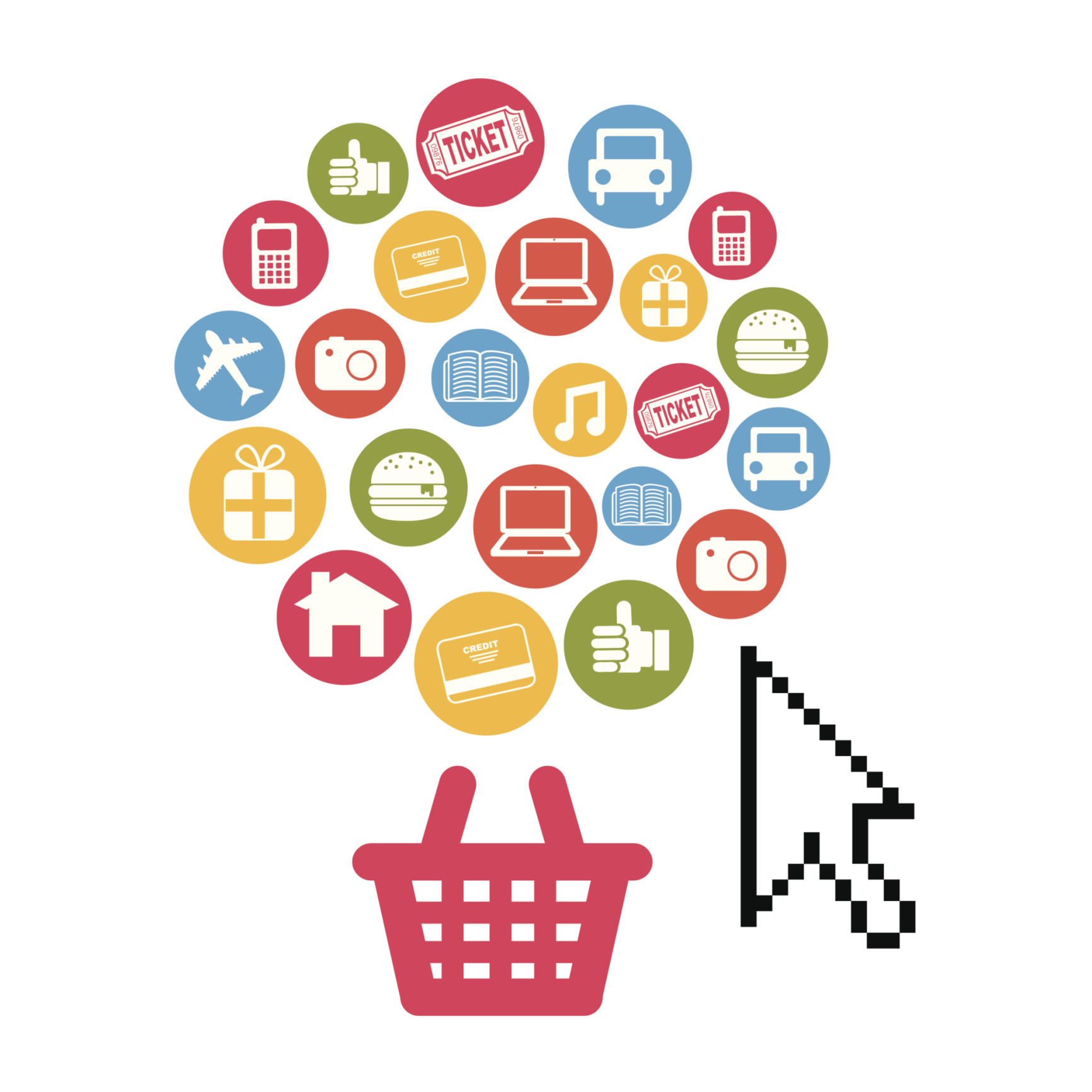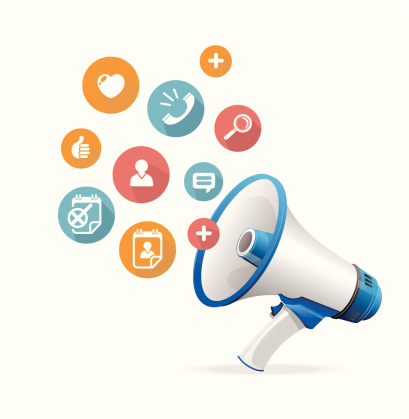When planning the content of any communication it is essential to consider carefully the audience and purpose of that communication. Without these clear parameters the communication will lose focus and risk not achieving its aims. This article explores the four stages of the customer journey and the appropriate types and content of communication for effective customer engagement. For a summary matrix see Annex A.
The four stages of the customer journey are:
- Awareness
- Interest
- Consideration/Conversion
- Closed
Let’s explore each stage in turn and the best communication for each stage.
AWARENESS
This is the start of the journey. The process whereby a customer gradually becomes aware of a product or service. Communication at this stage needs to focus firstly on creating awareness and then building on that awareness so that the product or service increases both in familiarity and desirability.
The following types of communication might be appropriate at this stage:
- Blog/article
- Discussion
- Ebook
- Event
- Guide
- Holiday greeting
- Infographic
- News
- Pictures
- Seasonal
- Video
- Webinar
- White Paper
The aim of the content for any of the above communication should be primarily thought leadership or contributing to an already trending topic. Communication needs to be seen as authoritative and informative, and yet also engaging. It needs to cast the net wide to appropriate potential customer groupings then gently reel them in. At this stage of the journey it is important to get a skilful balance between giving the customer enough relevant information to awaken their interest and yet holding back some of the detail so that it can be revealed further in the journey. This balance will vary according to the type of communication and the customer group but there does always need to be some built-in informative content, even on a subliminal level. So whilst White Papers, videos and webinars would need to contain an appropriate amount of detail, even a less formal and fun communication such as Holiday greeting, infographic or pictures should include some reference to, or contextual images of, the product or service.

INTEREST
This is the second stage of the journey where the customer is aware of the product or service and becomes interested in having it. Communication content at this stage needs to focus on maintaining and increasing this interest – even to the point of becoming obsessed with it. The aim is that they will then move seamlessly into the next stage.
The following types of communication might be appropriate at this stage:
- Blog/article
- Discussion
- Ebook
- Event
- Guide
- Holiday greeting
- Infographic
- News
- Pictures
- Report
- Seasonal
- Video
- Webinar
- White Paper
In this stage of the journey you are painting a scenario in the customer’s mind of them using the product or service, and this scenario needs to be good! It needs to be informative and realistic, yet alluring and vibrant. The idea is not just to better inform the customer about the product or service but to influence their thinking so strongly that they suddenly can’t visualise life without it! The predominant content should be how the product or service will revolutionise the customer’s life on a daily basis. Just like the domino stack that takes hours to set up then is toppled in seconds by one small push, this content needs to topple all their carefully constructed reasons not to have the produce or service.

CONSIDERATION/CONVERSION
The third stage in the journey is where the customer has decided that they definitely want the product or service. Communication at this stage needs to focus on how to close the gap between that desire and them actually purchasing it, and also how to do this in such a way that the customer loyalty is gained as well as a sale.
The following types of communication might be appropriate at this stage:
- Case Study
- Demo
- Discussion
- Event
- Holiday greeting
- Pictures
- Pricing
- Promo
- Report
- Reviews
- Seasonal
- Sell Sheet
- Video

CLOSED
Once the customer has bought the produce or service, effective communication is still important. Done well, it is an essential means of maintaining customer loyalty so that they stay with you, purchase more from you, and also begin to recommend you to others.
The following types of communication might be appropriate at this stage:
- Discussion
- Event
- Holiday greeting
- Pictures
- Promo
- Seasonal
- Sell Sheet
- Webinar
At this stage the content of your communication needs to make the customer feel continually valued by you. It is good to have a two-way flow wherever possible, so events such as user conferences, discussions and webinars should be arranged regularly to give customers opportunities to interact with you. As well as helping to maintain their loyalty, it is beneficial for you to obtain feedback about your product or service that will enable you to develop and enhance it further. It also enables you to ensure that your customers have the very latest information and that they are optimising their use of the product or service. You want them to be delighted with both you and the product or service so that they will recommend you and will also be open to Up Selling and Cross Selling where appropriate. Be a little cautious with the latter, because whilst you do obviously want further business from them, some loyal customers can become disenfranchised if too much communication is “sales pitch”. It can also make them question the quality or status of their current product or service if all they perceive is that you are trying to get them to upgrade or replace it.
In this article we have explored the four stages in the customer journey and potential types and content of communication at each stage. A summary matrix appears for easy reference at Annex A. The key thing to remember at each stage is to consider where the customer is at in their journey and to tailor the type and content of communication to target their specific needs, and lead them through to closure.
ANNEX A


